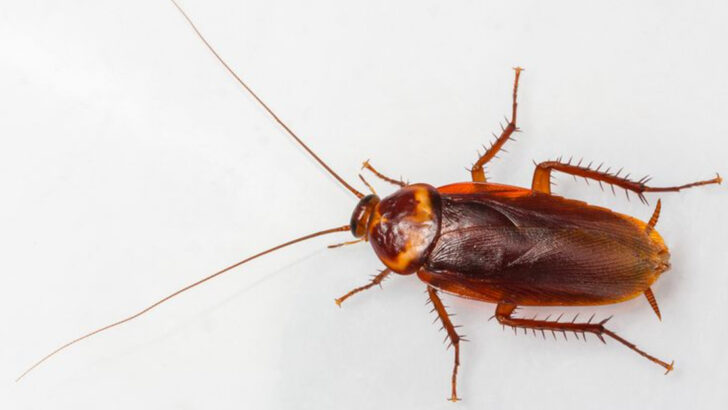Love them or loathe them — cockroaches are built to outlive us all.
These six-legged survival machines have been crawling across the Earth for over 300 million years. They’ve dodged dinosaurs, shrugged off ice ages, and would probably walk away from a nuclear disaster like it’s just another Tuesday.
They can live without their heads. They can hold their breath for nearly an hour. They can survive weeks without food and even handle insane levels of radiation.
Terrifying? Maybe. Impressive? Absolutely.
Beneath the crunch and the cringe lies a creature so absurdly tough, scientists are still scratching their heads. Ready to discover just how unstoppable these little tanks are? Here are ten jaw-dropping facts that prove cockroaches aren’t just pests — they’re survivors on a whole different level.
The Ancient Survivors
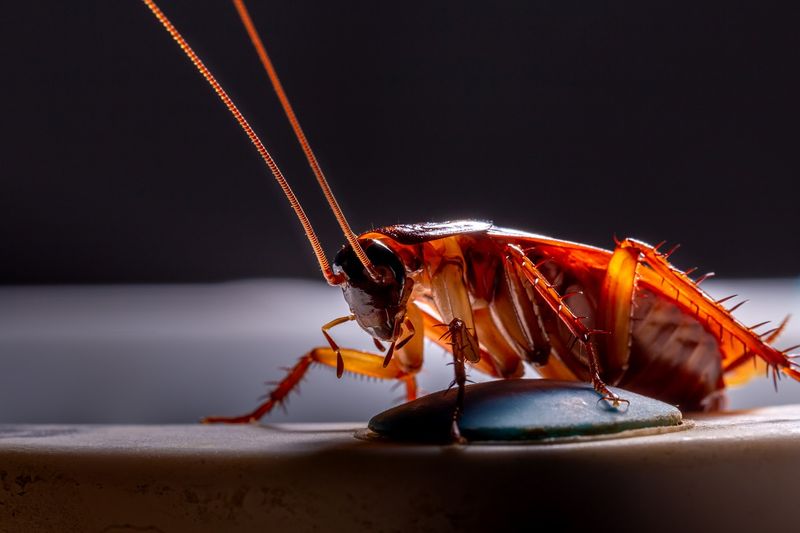
Cockroaches have been around for over 300 million years, dating back to the Carboniferous period. The fossil record reveals their ancient lineage, as they thrived alongside dinosaurs.
Modern cockroaches bear a striking resemblance to their prehistoric ancestors, emphasizing their successful evolutionary traits. Despite numerous changes in the Earth’s climate and ecosystem, these insects have adapted remarkably.
Their ability to survive mass extinctions speaks to their resilience and adaptability. This long evolutionary history makes them one of the most successful groups of animals on the planet, surviving challenges that eradicated many other species.
Remarkable Resilience
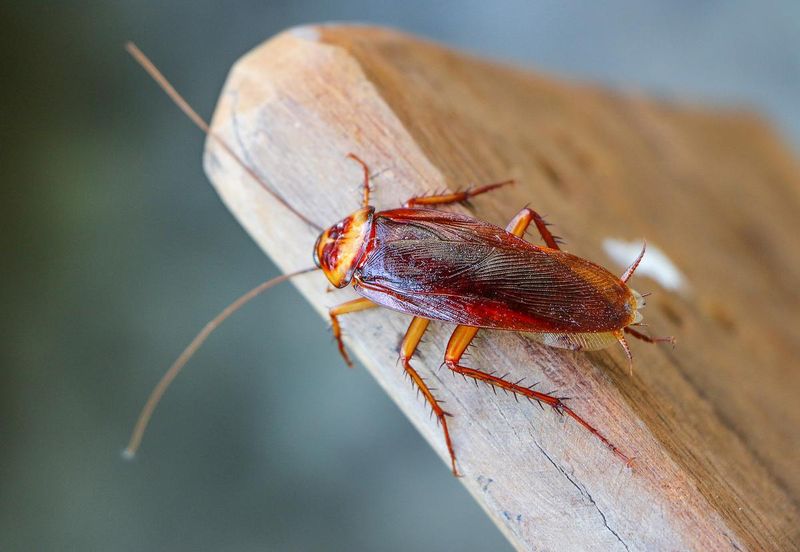
Cockroaches can endure extreme conditions that would annihilate most other creatures. They can survive without food for up to a month and without water for a week.
Cockroaches can also withstand significant levels of radiation, far beyond human tolerance. Their ability to hold their breath for 40 minutes and run up to three miles an hour further highlights their tenacity.
Such remarkable resilience allows them to thrive in diverse environments, from tropical forests to urban jungles. Their ability to adapt quickly to changing conditions has cemented their status as ultimate survivors.
Masters of Camouflage
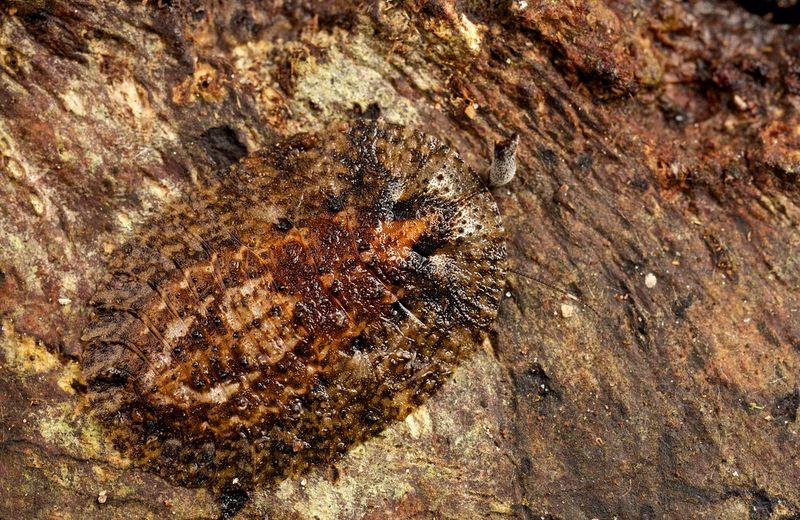
Cockroaches are adept at using camouflage to avoid predators. Their coloring often matches their environments, helping them remain unseen.
This skill is vital for their survival, allowing them to hide from birds, mammals, and other threats. Some species have evolved unique patterns and textures that mimic leaves and bark. These adaptations not only provide protection but also aid in ambushing prey.
The cockroach’s mastery of disguise demonstrates its ability to thrive in a world full of potential dangers. It underscores their intelligence and evolutionary ingenuity.
Fast and Furious
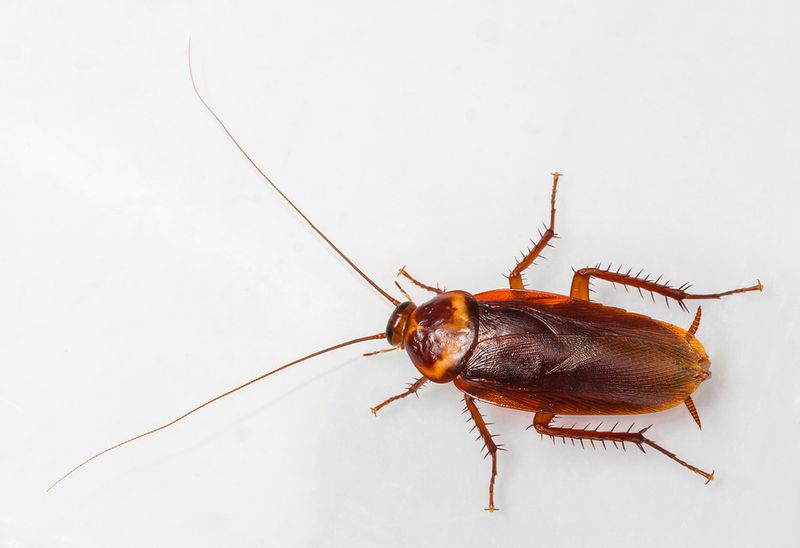
Cockroaches are surprisingly fast, capable of sprinting at speeds of up to three miles per hour. This rapid movement is facilitated by their long legs and flexible bodies, which allow for quick directional changes.
This speed is crucial for escaping predators and finding food efficiently. Their agility is matched by few other insects, making them formidable in the wild. The ability to move swiftly not only aids in survival but also in navigating complex environments.
This impressive speed is a testament to their evolutionary adaptations, ensuring they remain a step ahead of threats.
The Headless Wonder
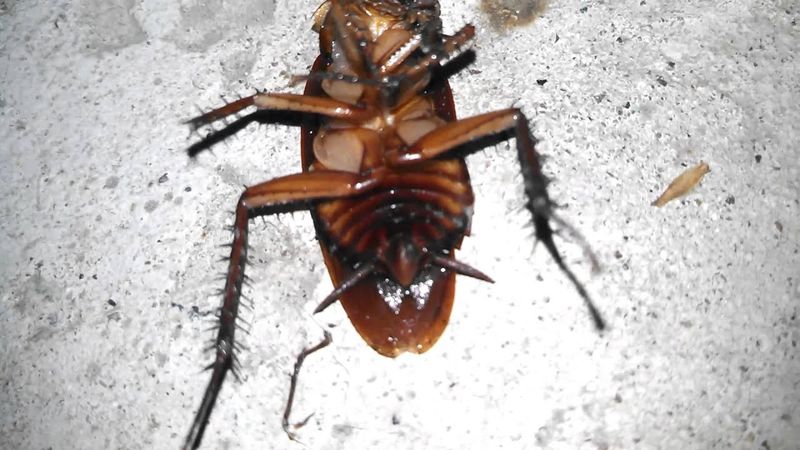
One of the most astonishing facts about cockroaches is their ability to live without a head for up to a week. This is possible because they breathe through small openings in their body segments, rather than a centralized respiratory system.
While headless, they can still perform basic functions until they succumb to dehydration. This phenomenon showcases their extraordinary physiological resilience.
It also highlights the decentralized nature of their nervous system, allowing them to survive severe injuries. Such capabilities have fueled their reputation as virtually indestructible creatures in the insect world.
Dietary Flexibility
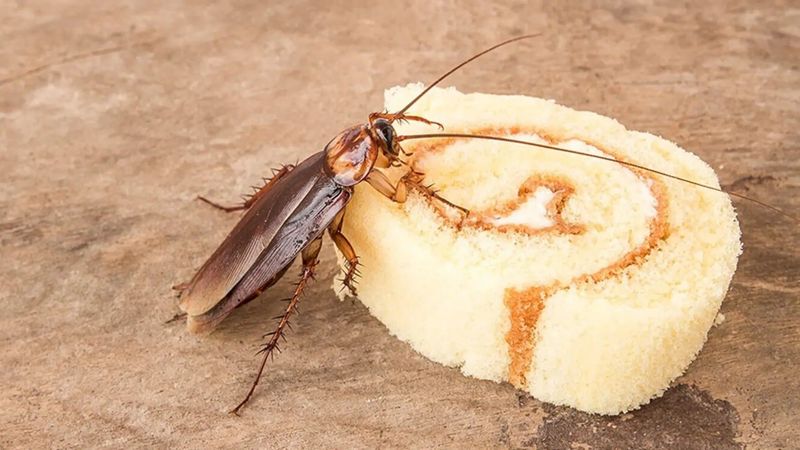
Cockroaches are opportunistic feeders with a highly varied diet. They consume anything from decaying organic matter to paper, glue, and even hair.
This dietary flexibility enables them to survive in a multitude of environments. Their ability to digest cellulose and other tough materials expands their range of potential food sources. This adaptability in diet is a key factor in their survival, allowing them to thrive in resource-scarce conditions.
By exploiting a wide range of food options, cockroaches ensure they can sustain themselves even when traditional food sources are unavailable.
Social Structures
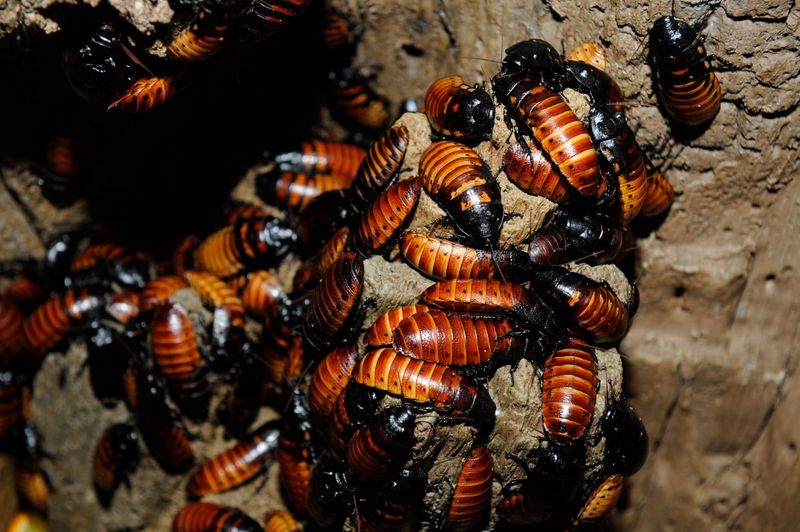
Cockroaches exhibit social behaviors that are often overlooked. They live in groups and communicate through chemical signals known as pheromones.
These signals help them locate food, find mates, and avoid dangers. This social interaction enhances their survival, as they can share resources and information about threats. Their communal living arrangements provide warmth and protection, especially in harsh environments.
The complexity of their social structures is a testament to their intelligence and adaptability. Such behaviors are crucial for thriving in diverse and challenging habitats.
Astounding Reproduction
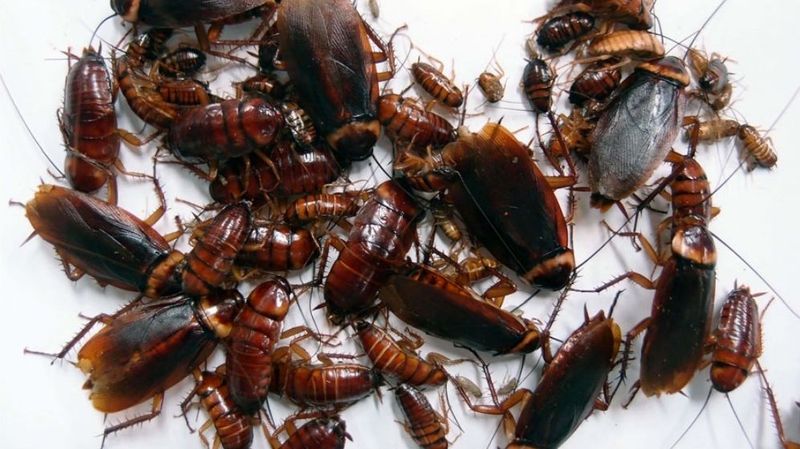
Cockroaches reproduce prolifically, ensuring their populations remain robust. Some species can produce hundreds of offspring in a lifetime, with females capable of reproducing without males through parthenogenesis.
Their eggs are often encased in protective sacs known as ootheca, which shield them from environmental hazards. This rapid and adaptable reproductive cycle contributes to their resilience and widespread presence.
The ability to quickly replenish their numbers ensures they can recover from population declines and maintain their ecological niche. Their reproductive prowess is a central element of their survival strategy.
Chemical Warfare
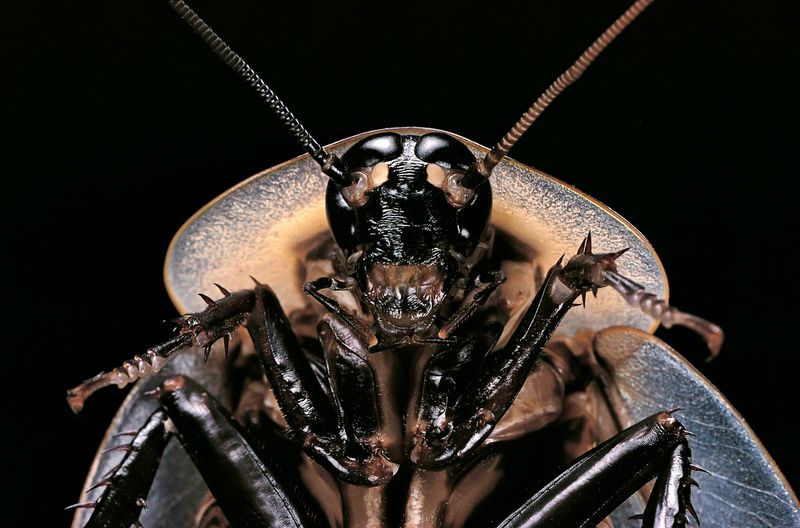
Certain cockroach species have evolved to produce defensive chemicals that deter predators. These chemicals can be sprayed or secreted, creating a noxious environment for potential threats.
This form of chemical warfare is a powerful survival tool, providing protection when physical escape is not possible. The ability to produce these substances showcases their advanced evolutionary adaptations.
Such defenses are particularly useful in environments where predators are abundant. By employing chemical deterrents, cockroaches enhance their chances of evading predation and sustaining their populations.
Global Distribution
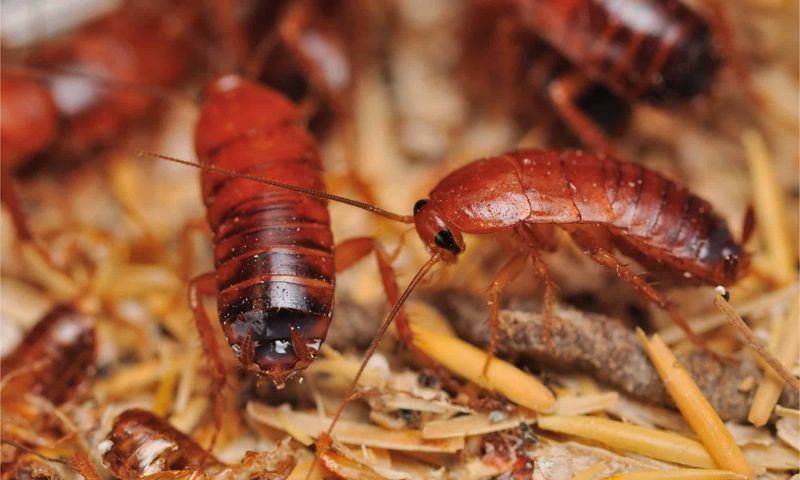
Cockroaches are found on every continent except Antarctica, underscoring their incredible adaptability. They thrive in diverse climates, from tropical rainforests to arid deserts.
This wide distribution is a testament to their ability to adjust to various environmental conditions. Their presence in urban areas highlights their capacity to coexist with humans, exploiting man-made structures for shelter and resources.
The global spread of cockroaches signifies their success as a species, able to inhabit almost any environment. Such widespread distribution emphasizes their role in various ecosystems worldwide.

